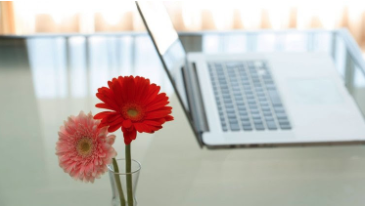In any company, no matter how large or small, time is money. Mastering the art of getting things done (a.k.a.,productivity)thus proves very important to creating and maintaining success.In this context, both the physical environment and culture of a business play a role in how motivated and effective its people feel at work, for better or worse. Luckily, science is no stranger to this important concept. The areas below offer a few research-backed ways to make a positive impact on your workplace’s productivity.
Introduce some greenery.
While most jobs unfortunately can’t be conducted on a beachfront veranda, adding a touch of nature to an indoor office space offers some benefits. One study described by theAmerican Psychological Associationfound that workers in spaces with plants showed a 15 percent higher productivity compared to those in plainer surroundings. The researchers’ premise was that objects like plants, photos and other mementos in workspaces encourage more psychological engagement than do ultra-modern, sterile spaces.
Show appreciation.
Create some privacy.
Let the sun shine in.
LED lightingalso may be more ideal for alertness and performance compared to fluorescent bulbs. ACornell studyfound that lensed-uplit conditions were preferable to the more common overhead downlighting as well, resulting in less eye strain and higher productivity. Taking breaks outdoors when possible also provides sunshine boosts during the day.
Keep temperatures moderate.
Take strategic breaks.
Desktime, a productivity-tracking program,analyzed user dataand found that the most productive people using its tool worked “with purpose” for an average of 52 minutes straight followed by 17-minute breaks. Another method that’s been around for awhile is the Pomodoro technique, which involves focusing for 25 minutes followed by a five-minute break or, alternately, 50 minutes of work and a 10-minute break. Longer breaks are included after several cycles, which can be tracked manually or tracked using a variety of pre-programmed apps and timers.


